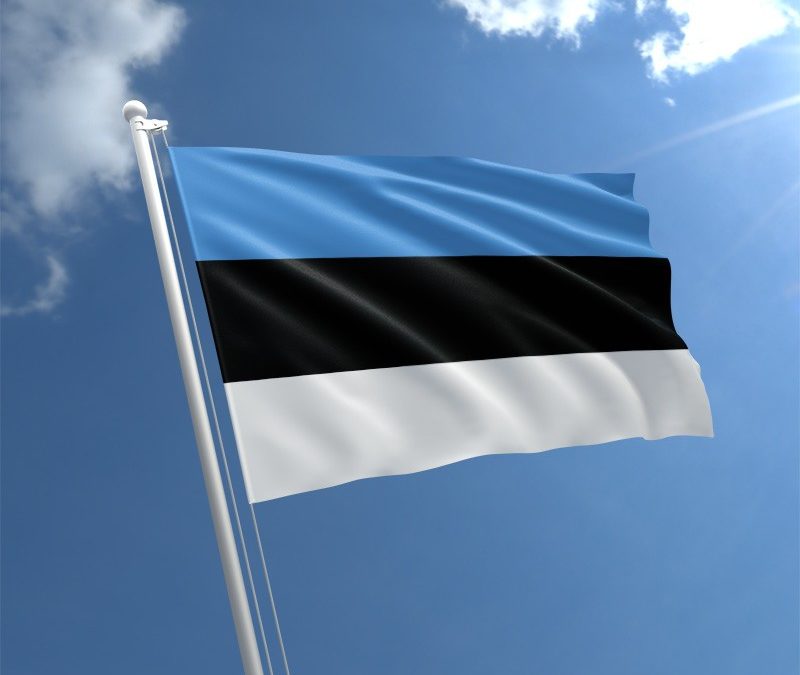Medical device regulations tend to vary substantially from region to region as virtually every country has its own set of rules that manufacturers must comply with in order to bring a device to market. These regulations are generally quite complex, but such complexity is necessary to ensure safety and effectiveness of devices intended for human use. This article provides a general overview of the current medical device regulations in Estonia.
Medical devices in Estonia are regulated by the Estonian Health Board, or Terviseamet in Estonian. Before 2010, both medical devices and pharmaceuticals were controlled by the State Agency of Medicine. However, since then, the Terviseamet has taken over the responsibility of regulating medical devices, while the State Agency of Medicine has continued to control medicines for both human and veterinary use.
Estonia follows the same risk-based medical device classification model as all other countries belonging to the European Union. Medical devices in Estonia are categorized into four classes: Class I, Class IIa, Class IIb, and Class III. Devices belonging to Class I are associated with the lowest risk and Class III devices are associated with the highest risk.
The Registration Process
In order to market their devices in Estonia, manufacturers must apply for a CE marking for each of the devices they intend to market. A CE marking is a sign of conformity with European Union medical device regulations and allows the device to be freely marketed anywhere within the EU member states. A device doesn’t necessarily have to be registered in Estonia to be marketed in the country; it can be registered in any other EU member state to be authorized for sale in Estonia.
Medical device registration in the EU, and thus in Estonia, is valid for 5 years. Once the registration expires, manufacturers are obligated to apply for renewal if they plan to continue to market their device in Estonia, or in the European Union in general. Foreign manufacturers, or those that are not based in the EU, must appoint an Authorized Representative from any of the EU member states to handle registration applications.
More detailed information on general medical device regulations in the European Union can be found in our article about the new EU MDR and IVDR regulations.
Information on the device label and packaging must be in Estonian. All other information may be displayed in the official language of any one of the European Union member states, although English is highly preferred.
Notification Procedure
In the European Union, it is required that a Notified Body (NB) perform a conformity check for sterile or measuring Class I medical devices, Class IIa, Class IIb, Class III, and active implantable medical devices (AIMB). Currently, there are no NBs located in Estonia.
Manufacturers that intend to place a device that has been registered in any EU country other than Estonia on the Estonian market should submit a notification. Such notification is obligatory for Class IIa, IIb, III, and active implantable medical devices and recommended for Class I devices and IVDs. This notification should contain the names and addresses of the manufacturer, the distributor, and the Authorised Representative (if applicable), the name and purpose of the device (in both Estonian and English), and device identification information (e.g. model number, catalogue number).
It is also recommended that manufacturers submit notification data online via the Estonian Medical Devices Database (EMDDB). In order to do that, an original and a translated copy of the user manual, a copy of the device label, the name and address of the manufacturer, and device identification information must be provided.
Market Overview
Local medical device production in Estonia is low. The majority of medical devices used in Estonia (roughly 80%) is imported from the United States of America, Japan, Germany, and Mexico. The medical devices in highest demand include cardio and surgical equipment and diagnostic devices.

